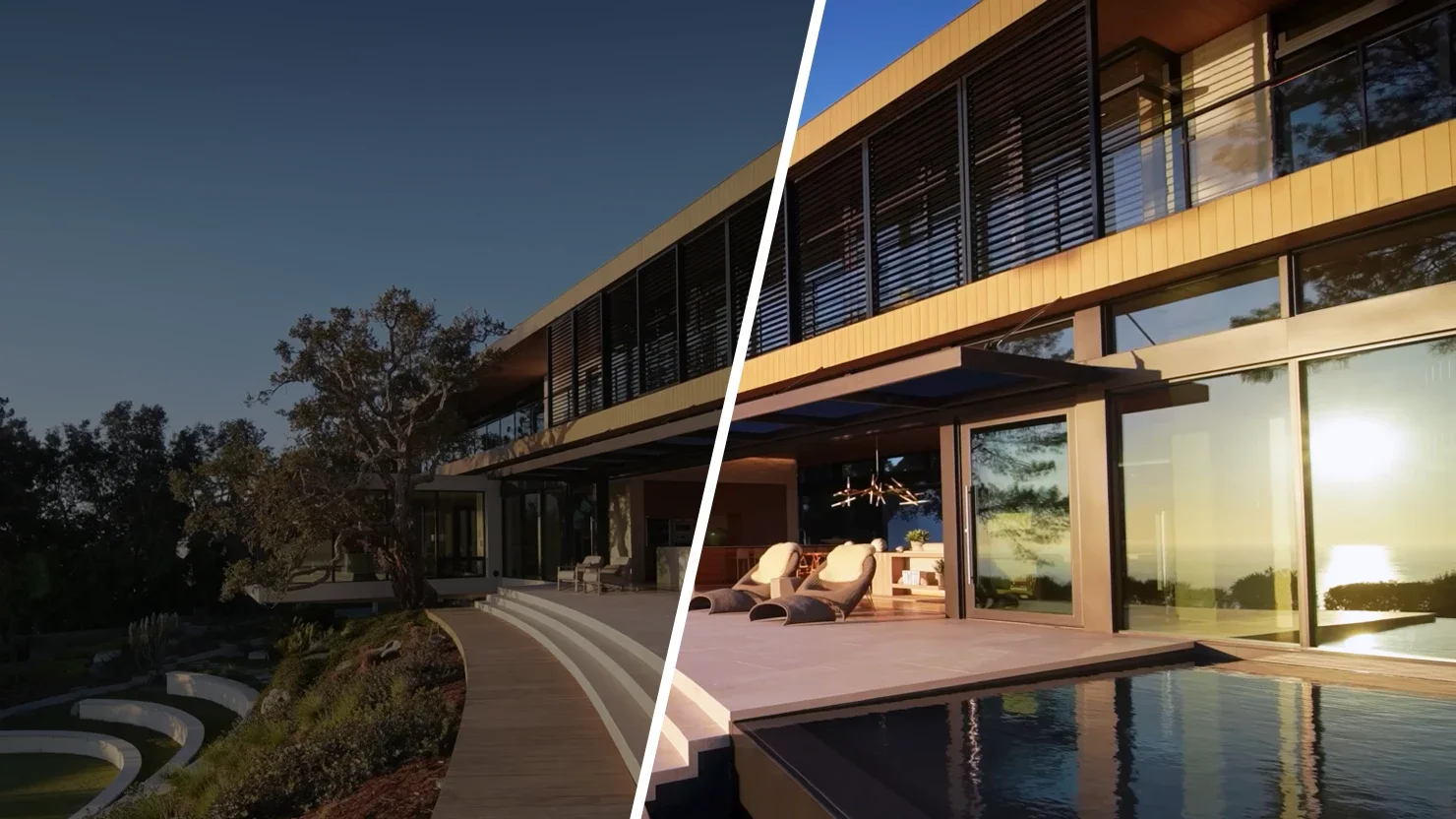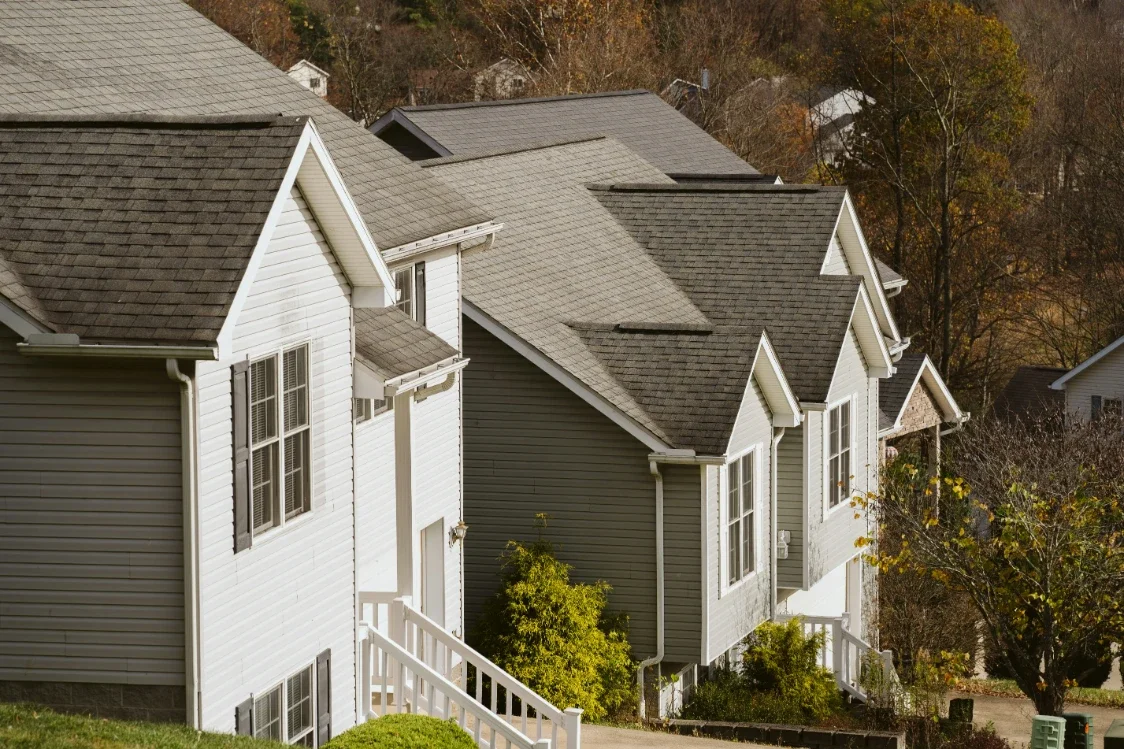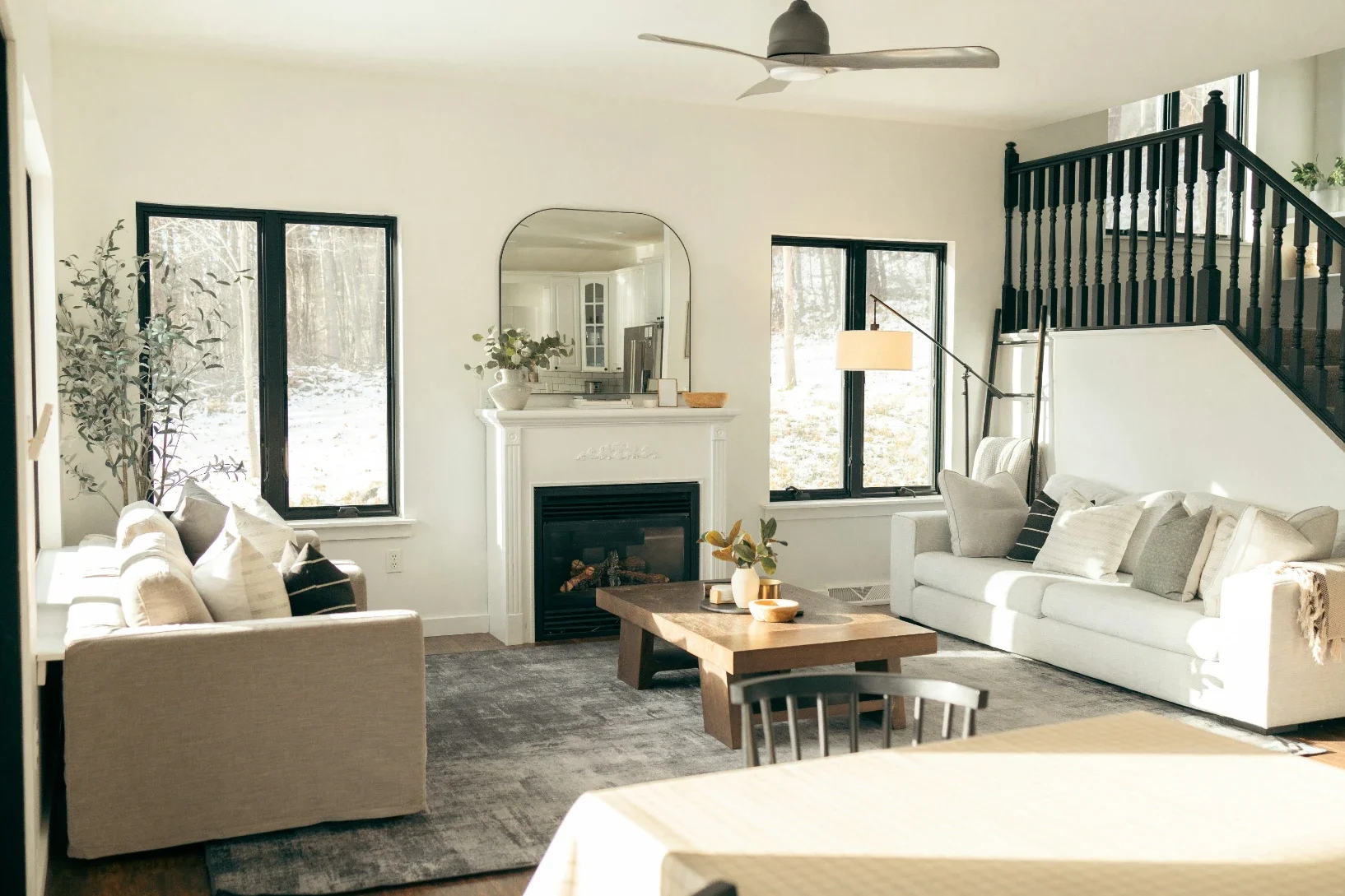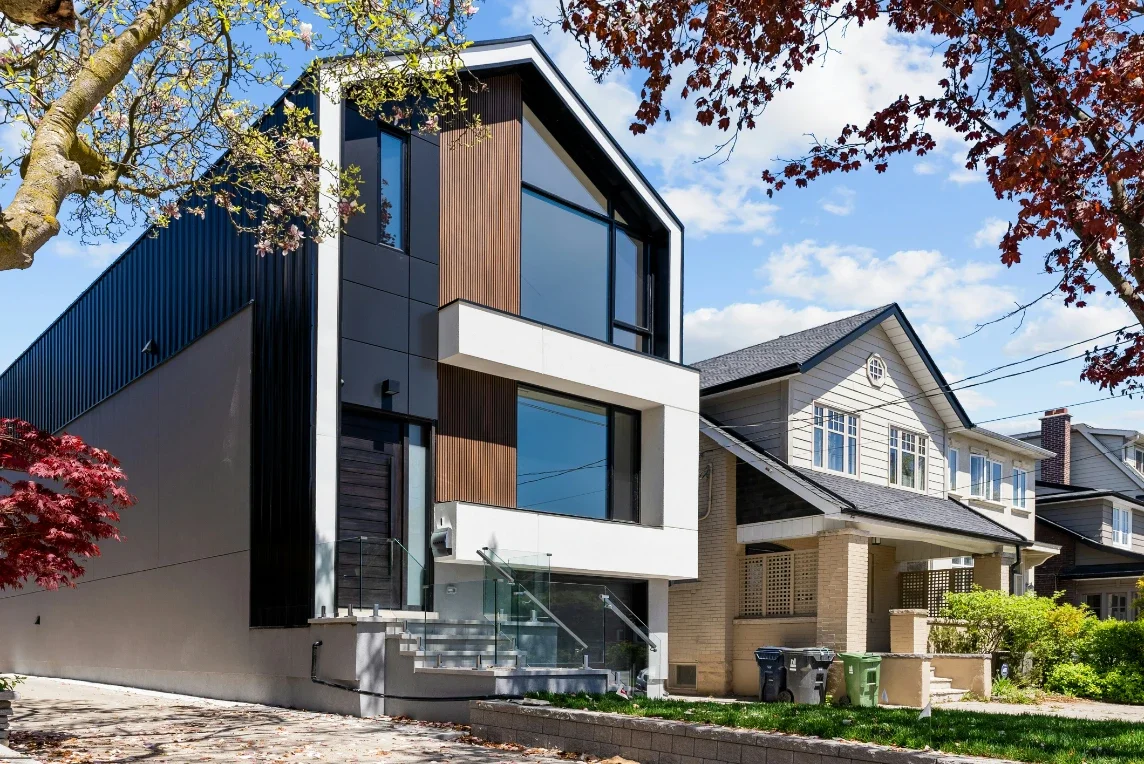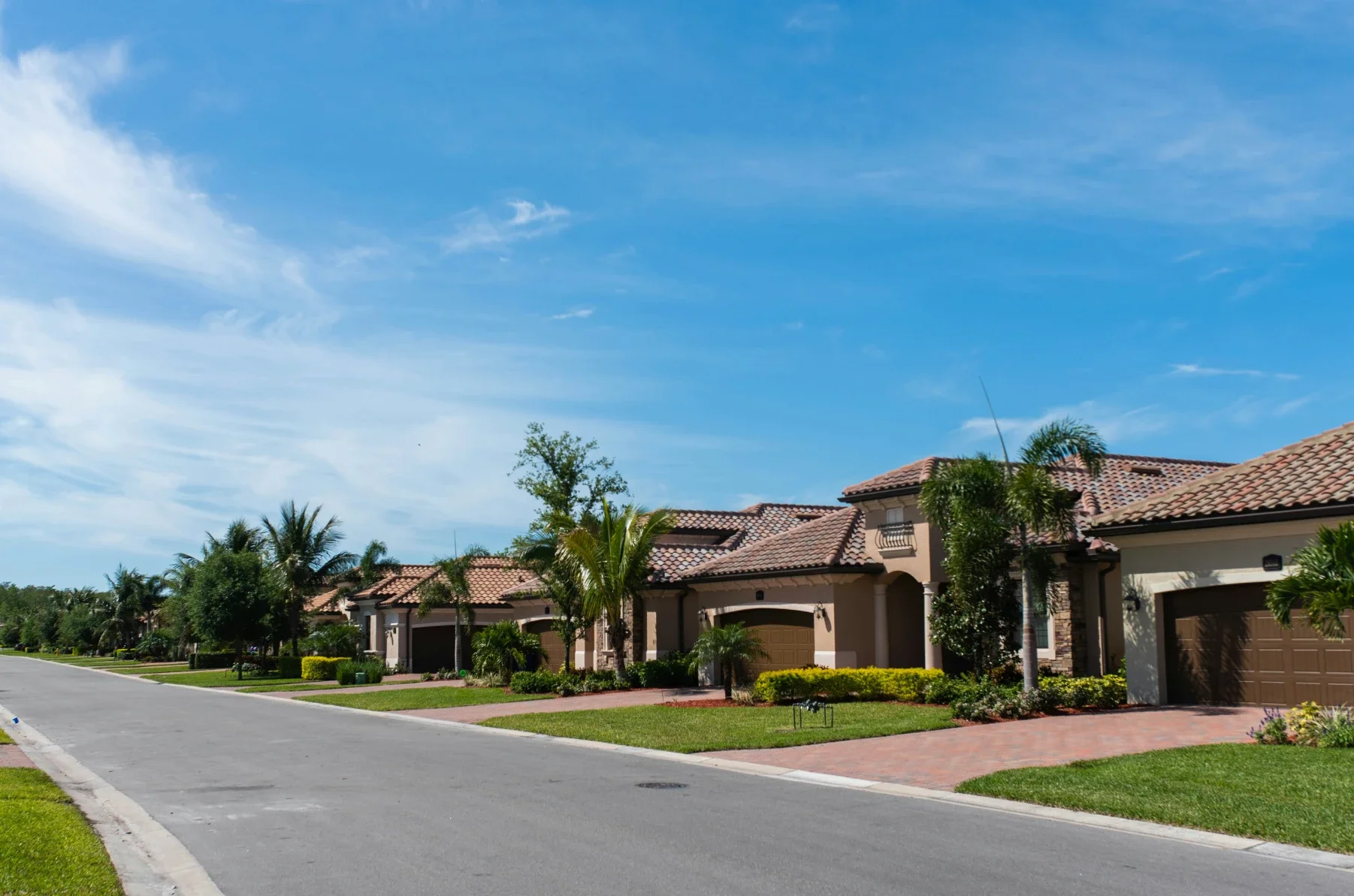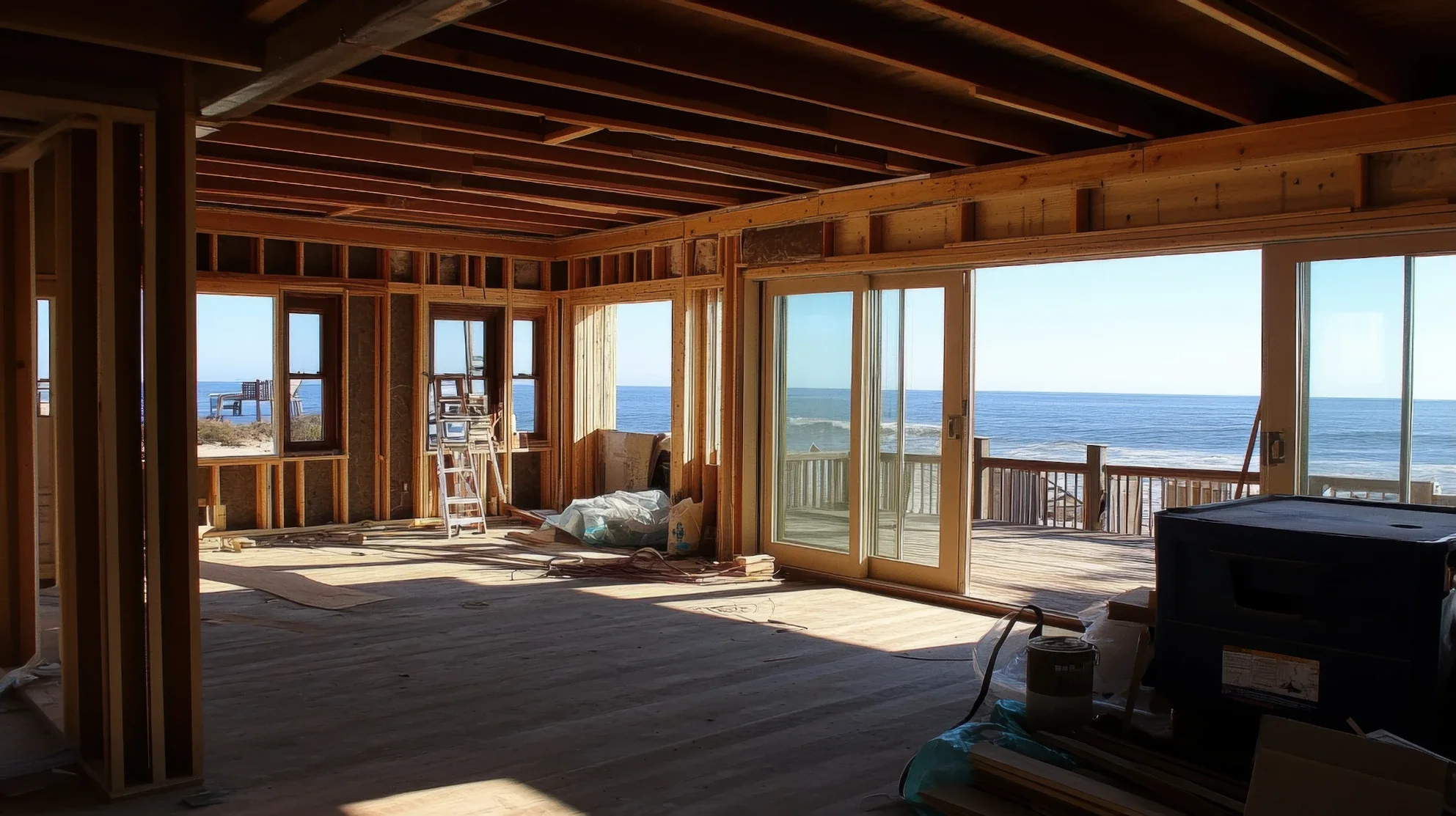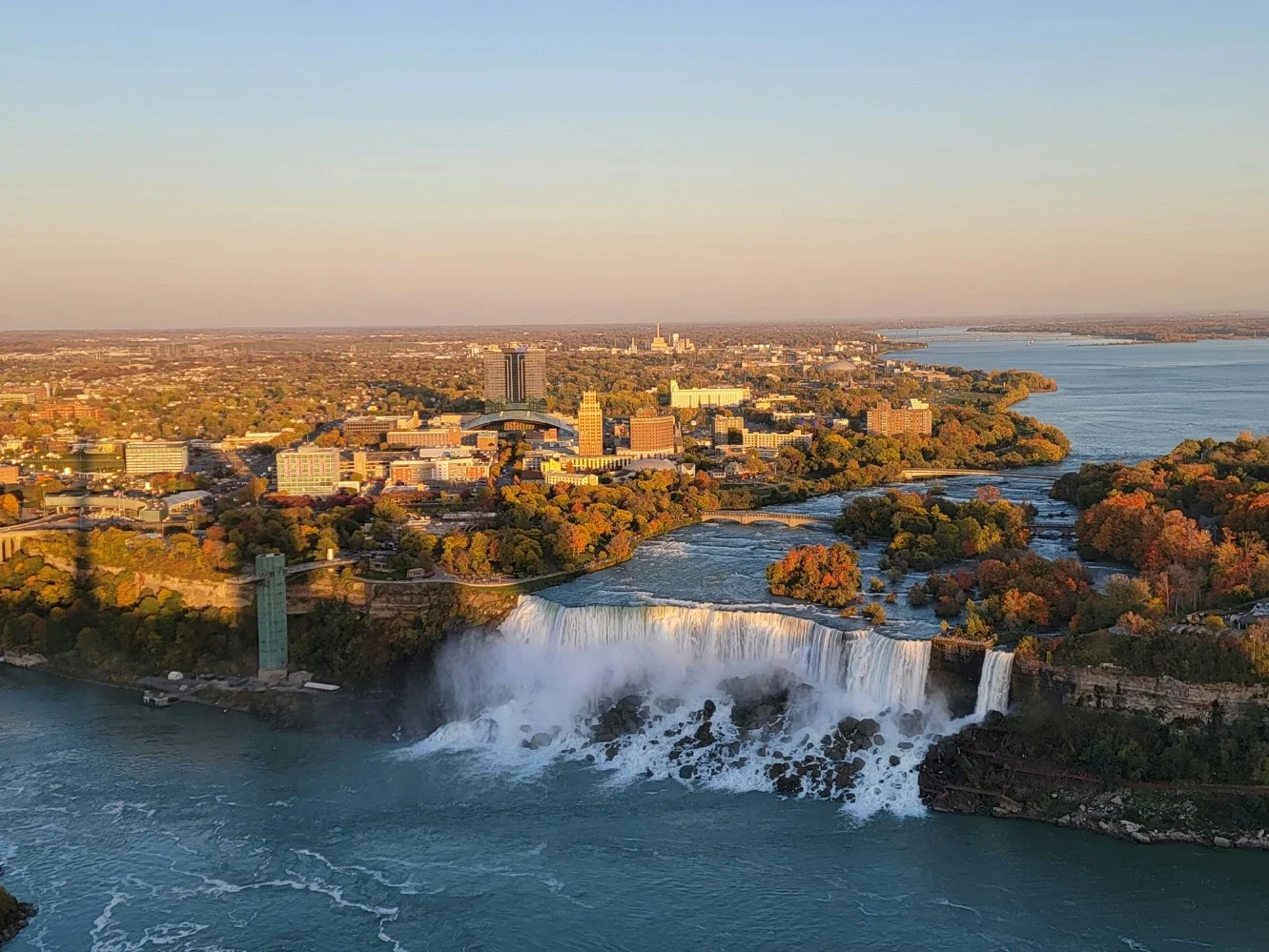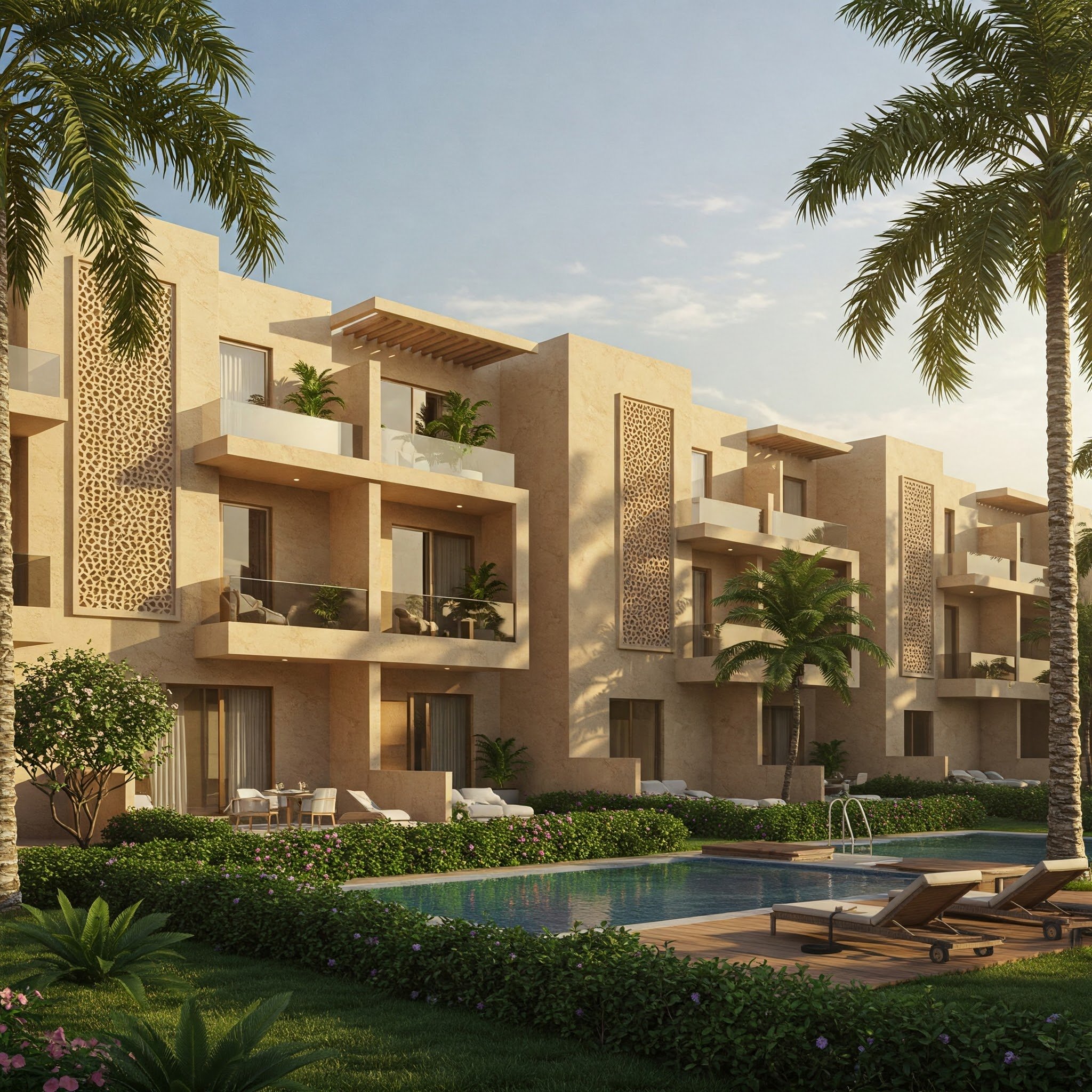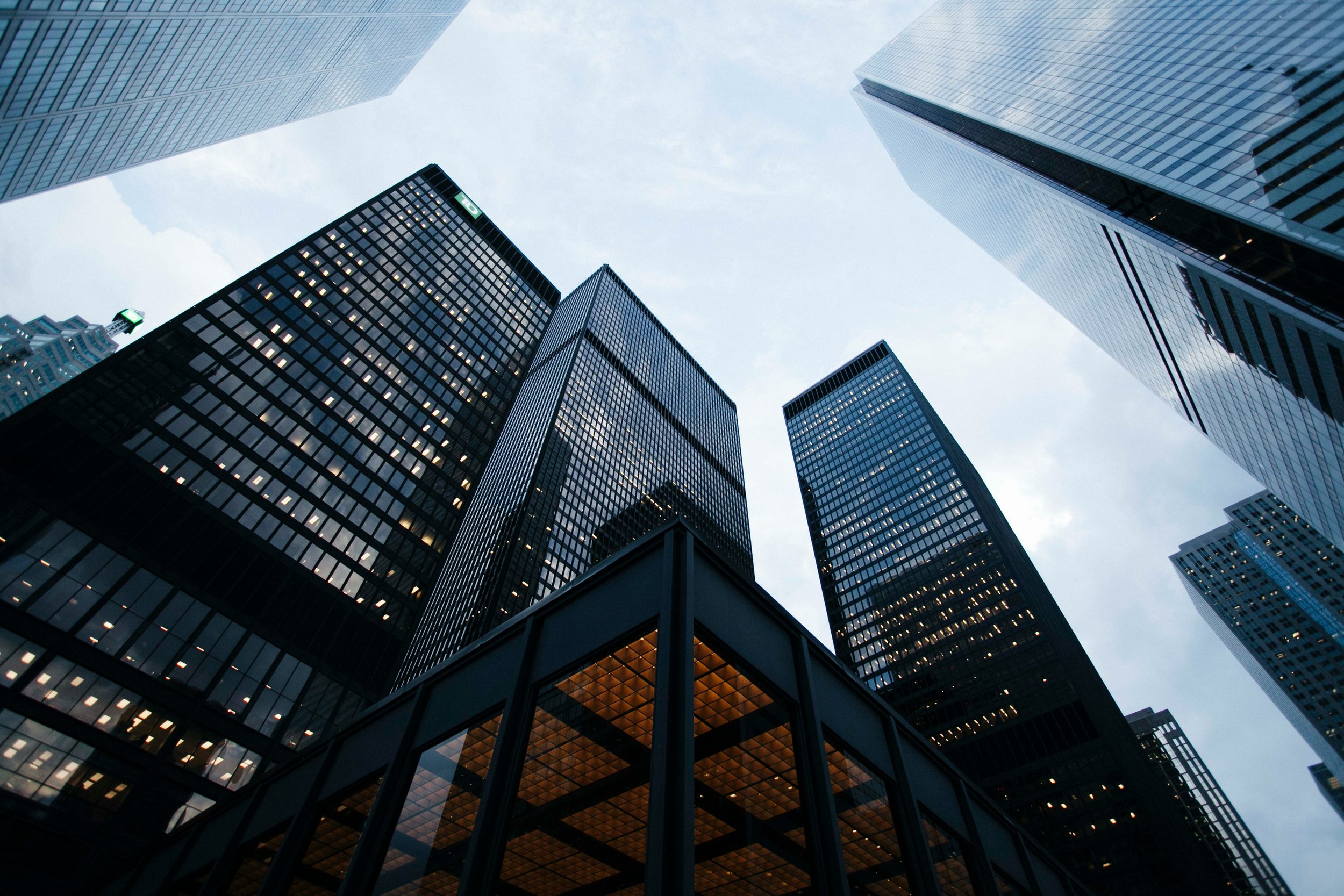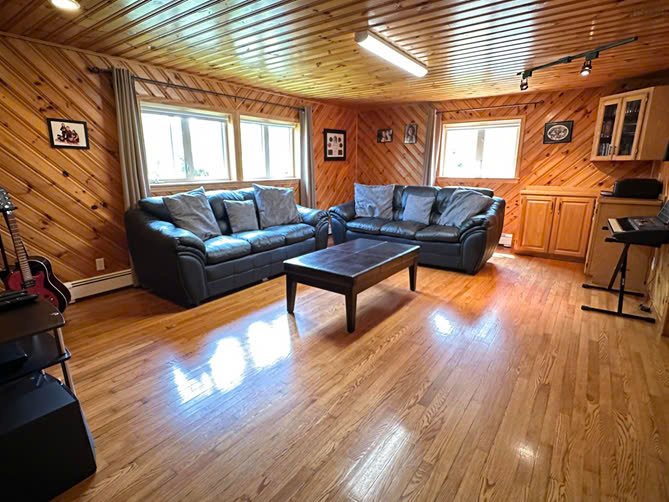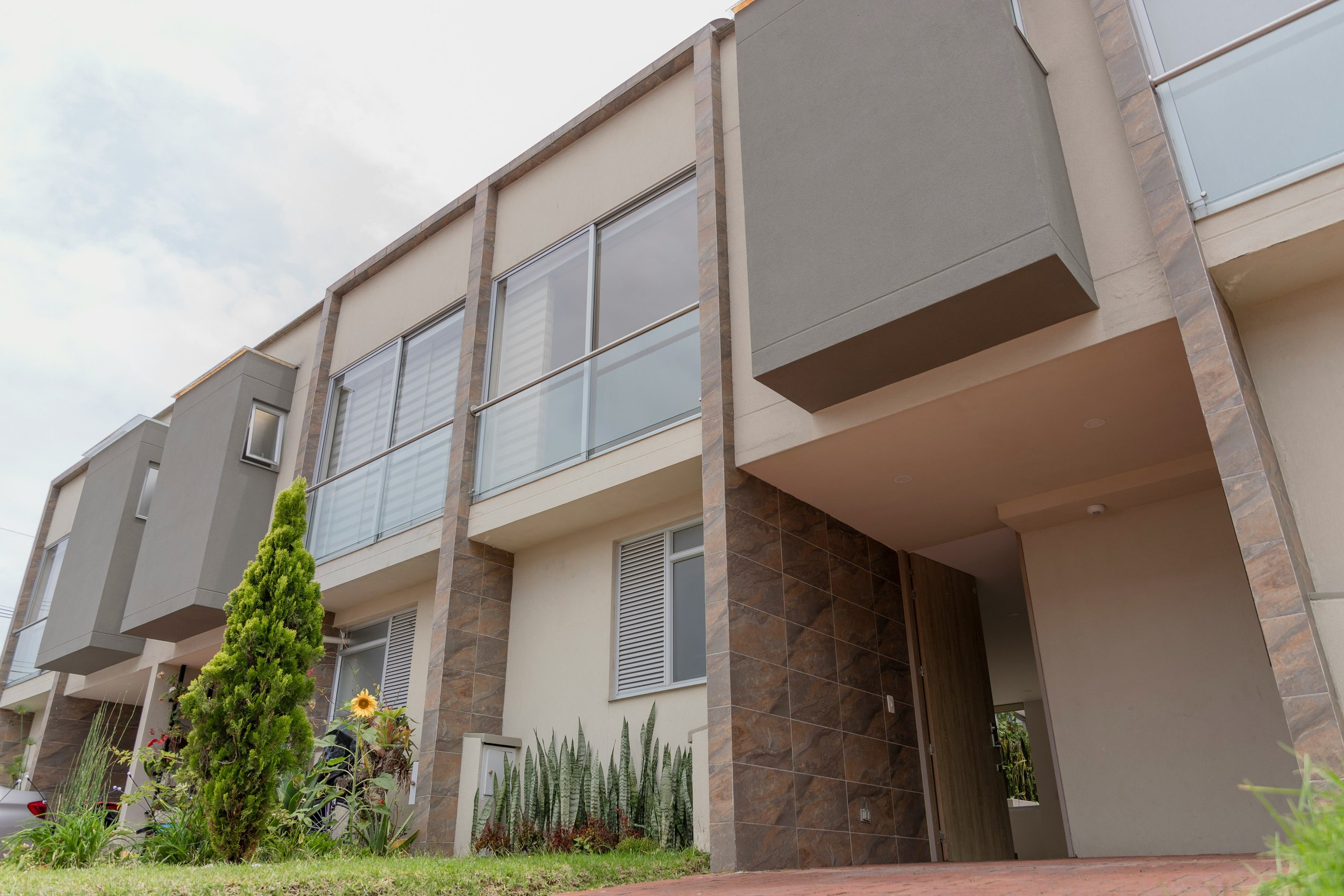Common Mistakes to Avoid When Designing Commercial Properties with Executive Architecture
Discover common pitfalls in commercial property design and how executive architecture can help create functional, stylish, and successful spaces.
Designing commercial properties requires a careful balance of aesthetic appeal, functionality, and practicality. When incorporating executive architecture, the stakes are even higher. These designs must not only impress but also serve the needs of the business and its tenants. Many businesses make critical mistakes in their design processes that can lead to costly missteps. Executive architects in Scotland emphasize a holistic approach, ensuring that luxury and function go hand in hand. Below, we’ll explore some common mistakes and how to avoid them.
Focusing Solely on Aesthetics
While executive architecture often aims to create visually striking buildings, it’s essential not to prioritize aesthetics over functionality. Too often, designs that look great on paper fail to meet the practical needs of tenants or businesses. For instance, wide-open spaces may be visually appealing but fail to accommodate efficient office layouts or necessary storage.
Solution: Prioritize Practicality First
Before diving into style, consider the primary functions of the space. Speak with potential tenants or business owners to understand their needs. Aesthetics should enhance usability rather than hinder it.
Neglecting Future Adaptability
Another common mistake in commercial property design is neglecting the long-term adaptability of the space. Building designs may meet current trends or needs, but what happens in five or ten years? If the property is difficult or expensive to modify, it could become outdated quickly.
Solution: Plan for Flexibility
An adaptable design is key to ensuring the property remains useful as business needs evolve. Whether it's partitioning offices or reconfiguring storage areas, make sure that future changes won’t require costly overhauls. Use modular elements or designs that can be easily altered with minimal disruption.
Overly Extravagant Features
Executive architecture often involves luxury finishes and high-end features. However, the temptation to overdo it with extravagant designs can lead to unnecessary costs. Features that are visually appealing but impractical or overly costly can detract from the building’s purpose. For example, elaborate glass walls or unusual building materials might not always be the best investment for a business that needs durability and efficiency.
Solution: Balance Luxury with Practicality
While it's important to create a space that reflects the prestige of executive architecture, it’s crucial to find a balance between extravagance and functionality. Opt for features that enhance the work environment without pushing the budget unnecessarily. For example, high-quality but cost-effective finishes can still provide a sophisticated aesthetic.
Ignoring Local Context and Climate
Designs that fail to consider the local environment, climate, or geography are doomed to be inefficient or unpractical. For instance, a sleek glass façade might look modern but could lead to energy inefficiency in areas with extreme temperatures. Similarly, not accounting for Scotland's unique weather could result in uncomfortable spaces for employees or tenants.
Solution: Design with Context in Mind
Before beginning the design process, study the local climate and surroundings. Opt for materials and solutions that address environmental concerns, such as energy-efficient windows, insulation, and shading. Incorporate elements that complement the local area’s culture and aesthetic, aligning the building’s design with its surroundings.
Failing to Align Design with Tenant Needs
One of the most overlooked aspects of commercial property design is aligning the design with the needs of future tenants. A beautifully designed building that doesn’t meet the functional requirements of the businesses inside can be a major issue. Whether it’s inadequate floor plans, insufficient storage, or poor layout, tenants need a space that suits their operations.
Solution: Consult with Future Tenants
Before committing to a design, engage with future tenants and ask them about their specific needs. Business owners will appreciate a design that reflects their requirements, whether it’s accommodating large equipment, providing enough office space, or ensuring that meeting rooms are easily accessible.
Overcomplicating the Design Process
It can be tempting to incorporate complex features and advanced technology into the design, but this can lead to unnecessary complications. Overcomplicated systems or designs might not be the best choice for a commercial property, especially if they make day-to-day operations more difficult for tenants.
Solution: Keep It Simple and Effective
Executive architecture doesn’t always need to be complex to be effective. Simplify designs where possible without sacrificing quality or style. Implement technologies that streamline operations without adding unnecessary layers of complexity. Often, the most effective designs are the simplest ones.
Disregarding Budget and Timeline
While it’s essential to create an aesthetically pleasing and functional space, disregarding budgetary and timeline constraints can lead to disastrous outcomes. Executive architects often emphasize that a project must adhere to realistic financial and time parameters to ensure it’s completed successfully.
Solution: Establish Clear Budget Guidelines
From the very beginning, outline a clear budget and set realistic expectations for the timeline. Allocate resources efficiently and monitor expenses throughout the project. Stick to the plan without compromising quality, and keep all stakeholders informed about progress and potential delays. You may require a finance solution with favourable terms for your business in order to complete the project. If this is the case, click here for assistance from experts who deliver financial services of various kinds for businesses with commercial property such as restaurants, hotels, gyms and bars.
Successful Executive Architecture is a Balance
When done right, executive architecture can elevate a commercial property into a standout building. However, it’s crucial to strike a balance between visual appeal, practicality, and cost-efficiency. By avoiding common mistakes and focusing on adaptable designs, business owners and tenants can enjoy a space that works for them for years to come. Working with experienced executive architects can ensure that your project is both stylish and functional, without compromising on either aspect.

